Among hopes that the Trump administration would improve economic activity, the U.S. economy in the first quarter grew more slowly than it has in three years. It is too soon to tell how effective Trump’s promise to improve economics, however, recent levels of activity do not paint a positive picture.
In the worst performance since 2014’s first quarter GDP raised only 0.7 percent. The Commerce Department stated Friday that this is due to a decrease in spending on defense.
This comes as a major change after the fourth quarter’s 2.1 percent growth pace. Many economists altered their first-quarter growth estimates on Thursday when the March goods trade deficit and inventory data was released.
Businesses invested less this quarter and consumer spending saw very little increase. Investment in inventory strengthened in the two-quarters previous but has now fallen from $49.6 billion in October through December to $10.3 billion. Likewise, the addition of 1.0 percent from inventory accumulation to national GDP growth has dropped to a 0.93 percent deduction.
Consumer spending experienced a hit from several factors. Heating and utilities were in lower demand because of mild temperatures this winter and the late issue of income tax refunds discouraged many consumers from pulling out their wallets for big spending. Likewise, higher inflation contributed to the decrease.
Consumer spending only grew 0.3 percent, hitting the economy hard as it contributes to over two-thirds of economic activity. After the fourth quarter’s rate of 3.5 percent this slow pace which hasn’t been reached since the fourth quarter of 2009 is a disappointment.
View of the Future
Nevertheless, spending is likely to increase in the future as savings have risen from $778.9 billion to $814.2 billion. Consumer confidence is at an unusually high and the labor market is experiencing greater levels of employment. Also, private domestic demand is 2.2 percent higher than at the beginning of last quarter.
Federal Reserve officials meet next week and are predicted to not raise interest rates. This is because they likely view the consumer spending and GDP decreases as temporary.
Growth rates in the first quarter are only a small portion of the information needed to judge the strength of the economy. The first quarter is often reported as less positive because of data calculation problems which the government hopes to solve. Furthermore, the Trump administration plans to take actions to improve the situation.
Efforts including less economic regulation, tax cuts, and infrastructure spending will soon go into effect. Also, a new tax plan to cut corporate income taxes from 35 percent to 15 percent was proposed Wednesday.
These actions may improve the situation but many economists agree that raising the annual GDP to 4 percent, Trump’s stated goal, will not be easy. A large increase in productivity is necessary.
National, state and local governments decreased investment rates. On a national level, the change in investment is as dramatic as the decrease in the fourth quarter of 2014.
Government spending on defense went down at a 4.0 pace while overall spending decreased at a rate of 1.7 percent.
Economic Hope
In some ways, things are looking up for the U.S. economy. Oil prices improved after a period of decline causing oil well drilling to rise. Along with the rise of gas, this led to a 9.1 percent growth rate for business spending on equipment.
Additionally, investment in home building went up by a 13.7 percent rate. Nonresidential structure spending changed from a 1.9 percent rate to a 22.1 percent rate after this quarter.
These increases in investment were likely caused by the 449 percent rate of growth of mining. This is after only a 23.7 percent raise in the fourth quarter.
Lastly, the 4.1 percent rate of increase in imports fell below the increase of exports at 5.8 percent. The small trade deficit had little to no effect on GDP growth.


























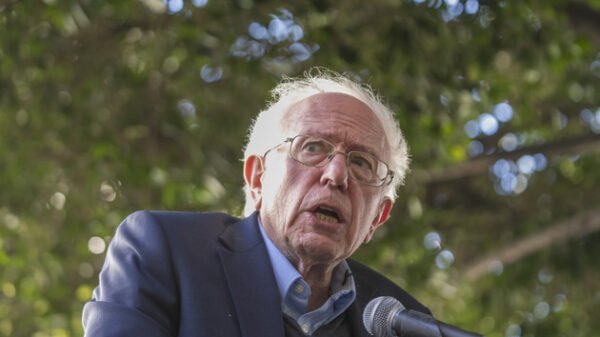

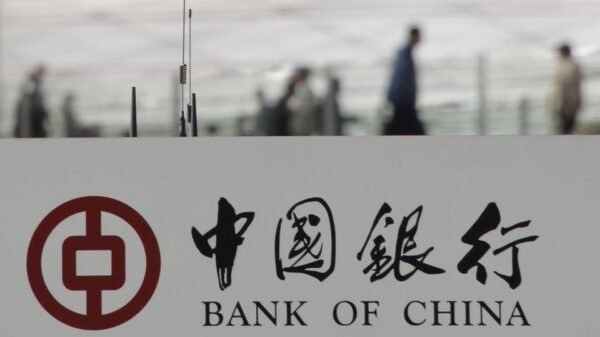

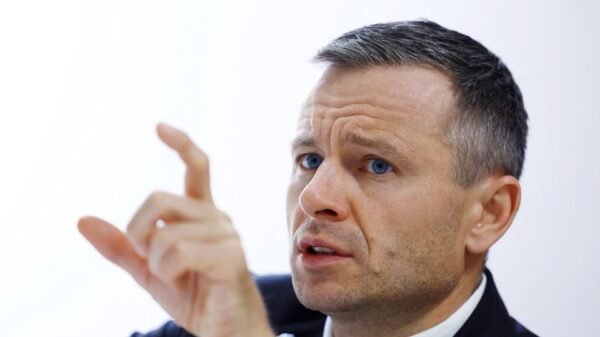
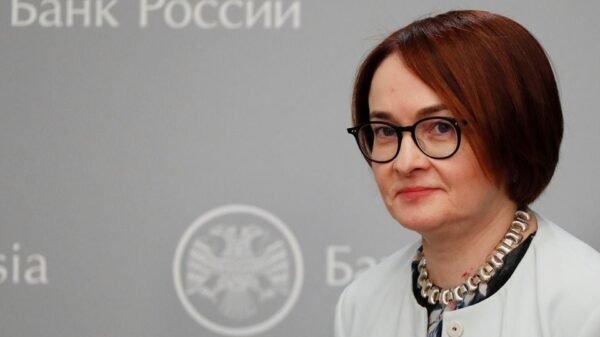
























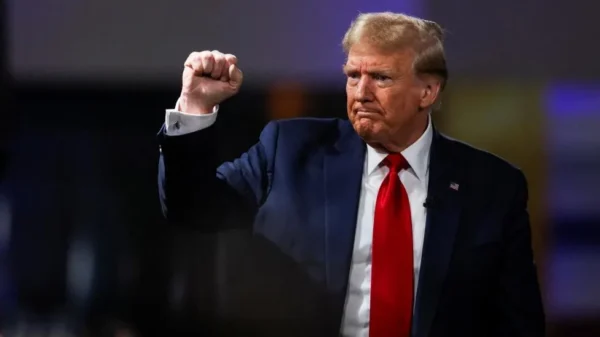







Comment Template